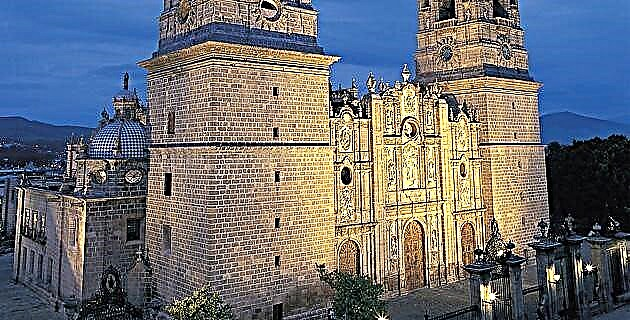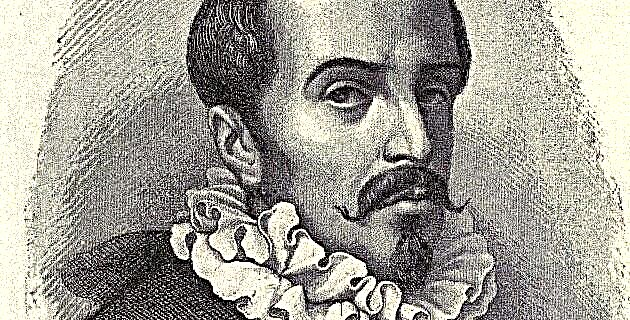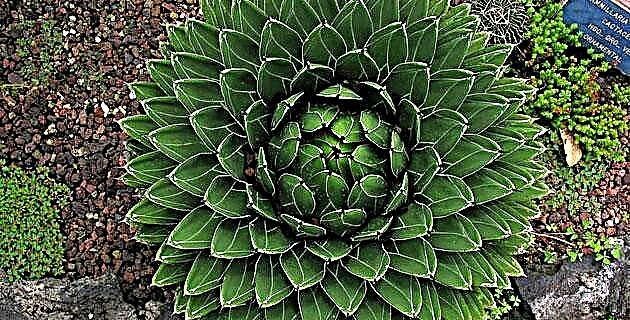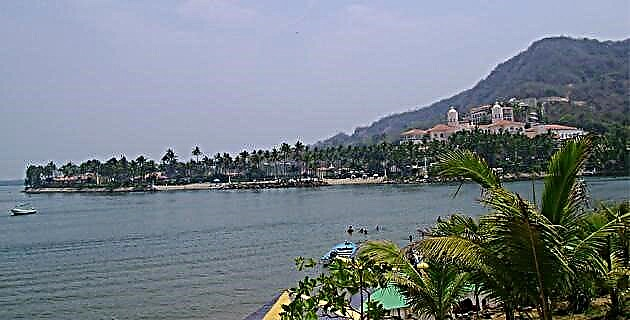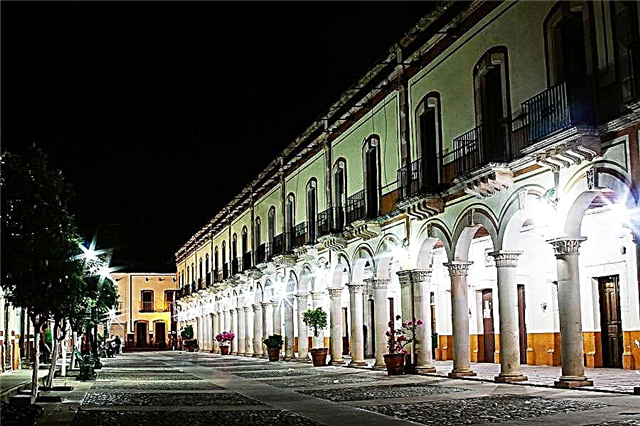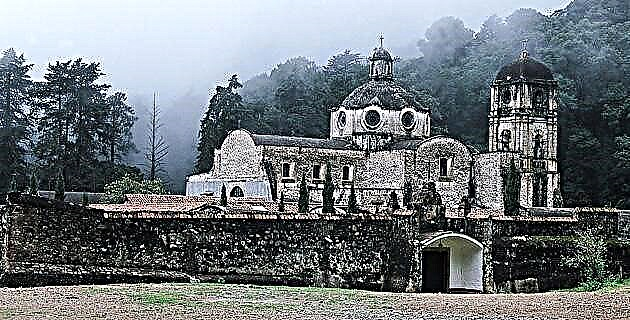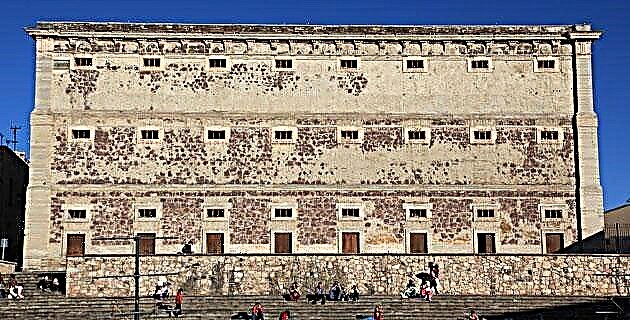
To commemorate this important episode in the history of Mexico, the inhabitants of Santa Rosa, Guanajuato, recreate those battles fought between insurgents and Spaniards more than 200 years ago. Discover this unique celebration!
In the Mineral de Santa Rosa de Lima, better known as Santa Rosa, nestled in the Guanajuato mountains, every year a picturesque representation takes place. This is the battle that culminated in the seizure, in 1810, of the Alhóndiga de Granaditas by the insurgent forces under the command of priest Miguel Hidalgo. The setting is the main street of Santa Rosa, and it attracts the attention of a large number of people. Many even observe it from the highway that goes from the city of Guanajuato to Dolores Hidalgo.
The beginning of the celebration
The drill originated in 1864 with the purpose of commemorating the battle and keeping this important episode in the history of Mexico alive. From that year on, it was celebrated annually until 1912, when the revolutionary movement suspended the festival.
The meeting point and departure point is "La cruz grande", on the side of the road. There the "Tejocotero Indians" meet, the women, the band that entertains the tour, the "gachupines", and some schoolchildren who participate in the first part of the celebration.
After the musicians, and to the sound of their melodies, the Indians and women began to arrive, who, to warm up, were hard on baile and mezcal.
A little later the members of the “Spanish” army appear and, later, all the other participants, even the illustrious “Hidalgo”, “Morelos” and “Allende”.
The first part of the festival consists of a parade that goes from “La cruz grande” to a hermitage, at the end of the town, known as “El Santo Niño”. In the parade, in addition to Indians and Spaniards, the beauty queens and some students from the local schools participate, who perform gymnastic tables. Upon reaching the Santo Niño, the parade ends and the representation of the first battle of the day begins.
The Tejocotero Indians and their leaders stand at one end of the hermitage, and the "Spaniards" on the other side. The first to take off at full gallop are the priest Hidalgo and the other horsemen who, after a brief journey, return to report the positions of the enemy forces. A few minutes later, on neutral ground, the priest of the "gachupines" meets with some of the Tejocotero Indians to try to reach a peaceful agreement. But they do not succeed, and both sides return with theirs amid shouts of Viva España and the Virgen del Pilar !, and Viva México and the Virgen de Guadalupe !, respectively.
The attack signal is given by two separate cannon shots that, although small, emit a deafening noise and, between the shouting and the firing of muskets and shotguns, loaded with real gunpowder, the battle is fought that leaves "dead and wounded" scattered by everywhere. When the music band sounded, the fighting forces withdrew and began to move to the next point of the next fight.
Along the way, where the parade was, seven battles similar to the one described take place, in previously determined places, so that the last one takes place in "La cruz grande".
The seventh battle takes place around two in the afternoon. Then comes a short break to regain strength and, at around 4:30 p.m., the last feat takes place: the taking of the Alhóndiga de Granaditas.
In the extreme east of the town, on a small dirt esplanade, a platform is mounted on four wooden posts that represents the Alhóndiga building. On the platform the royalist forces take shelter, while the Tejoco Indians, commanded by Hidalgo, Morelos and Allende, attack and surround them, but are always repelled by the Spanish.
After successive attacks, Juan José de los Reyes Martínez, better known as “Pípila”, makes his appearance with a heavy stone slab on his back and a lit torch in his hand. The "Pípila" approaches the Alhóndiga and, once he arrives, sets fire to a series of "cuetes" tied around the building. With this signal, all the insurgents seize the Alhóndiga and take the Spanish prisoners. Once arrested, they are taken to another platform to be tried and sentenced to be shot. Before being transferred to the fictitious wall, the Spaniards are confessed by their own priest and, at the end of the sacrament, they are shot with jubilant shouts of Viva México!
Around 6:30 p.m., the commemoration of the battle that recalls the leading role of Guanajuato within the Mexican Independence movement ends. A dance ends the day, "until the body endures."
If you go to Mineral de Santa Rosa de Lima
From the city of Guanajuato, take the highway that goes to Dolores Hidalgo; approximately 12 km away is Santa Rosa.
In Mineral de Santa Rosa there are several restaurants, very tasty and cheap. The other tourist services are in the city of Guanajuato, 15 minutes away.

